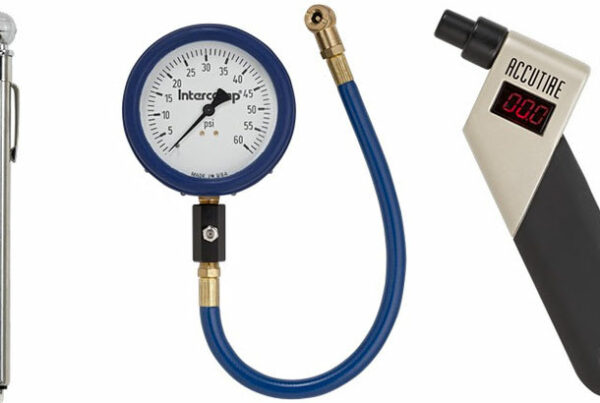Driving during deer mating season can be a dangerous time for drivers, deer and car hoods. According to the Insurance Information Institute, 1.6 million deer-vehicle collisions occur each year, resulting in 200 fatalities, tens of thousands of injuries and over $3.6 billion in vehicle damage. Being prepared can help prevent you from adding to these statistics.
WATCH FOR THE REST OF THE GANG Deer are pack animals, and rarely travel alone. If a deer crosses in front of you, chances are there are more nearby. Slow down and keep an eye out for more deer darting across the road. Drivers should always be scanning for hazards while driving. These hazards can be things such as approaching vehicles, vehicles on the size of the road, road conditions, etc. Scanning ahead and recognizing the hazard in advance will give appropriate time to make a corrective action. The general rule of thumb is to scan up to 15 seconds ahead of your current position.
TIMING IS EVERYTHING Deer are most active at dusk and dawn: periods when your vision is most compromised. To add to their terrible timing, deer are on the move during mating season (between October and January) when you’re more likely to travel after the sun sets. Slow down and stay alert, especially after dark.
WEAR YOUR SEATBELT It may not prevent a collision, but if the inevitable happens a seat belt can reduce injuries. This is especially true if you lose control and collide with something bigger, and more stationary than a deer.
TAKE A MOMENT TO REFLECT First, look for the road signs. The yellow diamonds with the deer on it are placed in high-traffic areas for deer. You may also spot a deer because their eyes will brightly reflect a car’s headlights, making them easier to spot.
HONK Some experts recommend that one long blast of the horn will scare deer out of the road. Do not rely on hood whistles or other devices designed to scare off deer—studies have shown them to be largely ineffective at minimizing accidents.
STAY CENTER On a multi-lane road, the center lane is your safest bet for avoiding a deer collision, as long as your local traffic laws permit it. This gives deer plenty of space; and in case your vehicle does startle them, it gives you more time to react if one darts onto the road.
STAY THE COURSE If you see a deer, brake firmly and calmly, and stay in your lane. Swerving could make you lose control of your vehicle and turn a bad situation much worse. Not to mention, deer are unpredictable, and you could swerve directly into their changed path.





